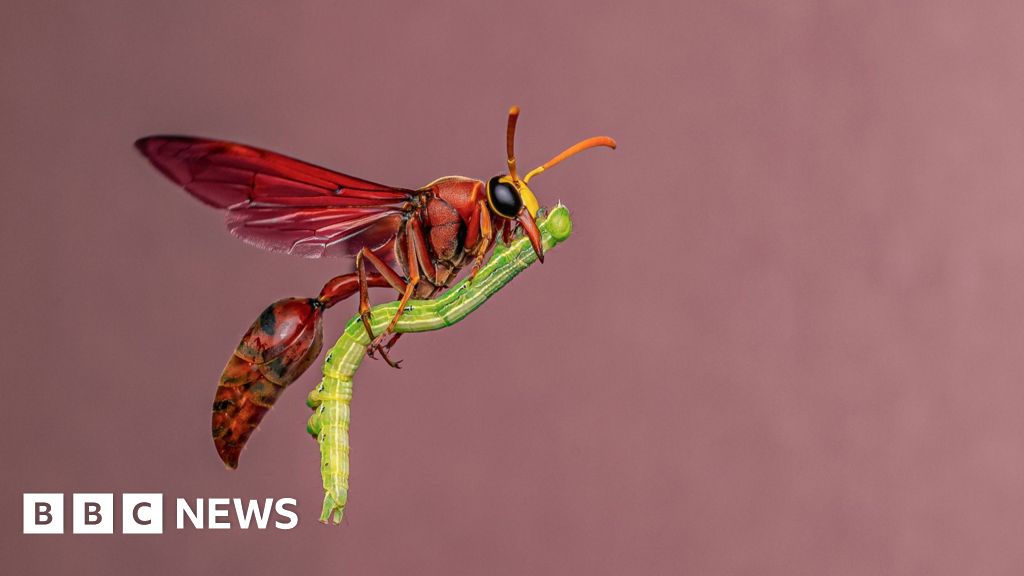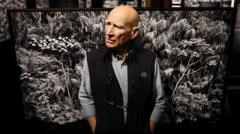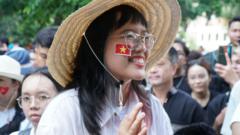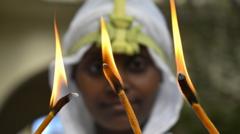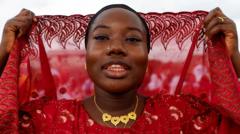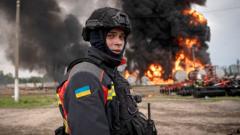The Vietnam War, which officially ended on April 30, 1975, forever changed not just the geopolitical landscape, but also the way war is perceived in society. Coined as the first "living room war," this conflict was brought into homes across the globe through powerful television broadcasts and striking photography that exposed both the valor and the horrors of war.
Photographers like Dickey Chapelle, who bravely chronicled the conflict and tragically became the first female photojournalist to die in Vietnam, along with Tim Page and Henri Huet, played critical roles in capturing the nuanced, often brutal, aspects of the war. Their varying backgrounds and political beliefs informed their work, resulting in images that transcended mere documentation to evoke deep emotional responses and provoke public discourse.
Through poignant visuals, they documented the bombs, the grit, and the suffering of both soldiers and civilians caught in the crossfire. As Tim O’Brien poignantly noted in his work "The Things They Carried," survival is not synonymous with a happy ending, and these photographs reflect that sentiment by showcasing the poignant realities of survival amidst chaos and despair.
The photos from this era did more than just depict conflict; they reshaped how Americans perceived their own country and soldiers. The vivid images of suffering and sacrifice challenged prevailing narratives and amplified anti-war sentiments, leading to a profound shift in public opinion regarding the Vietnam War and the machinery of modern warfare.
As we reflect on the wartime legacy 50 years later, these powerful images continue to resonate, serving as a testament to the human experience and the lessons learned. The debate over war, peace, and the responsibilities of those who wield cameras continues, but the narratives born from Vietnam's photographs will forever remain a vital part of that conversation.



